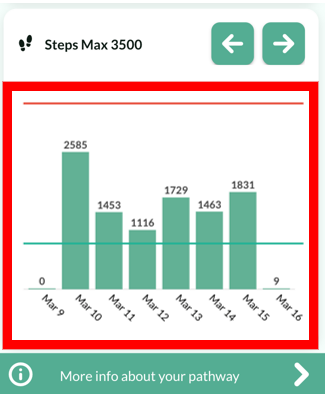Your activity tracker is valuable for tracking your physical activity and providing insights into your overall health. However, it’s important to understand that they may not always be 100% accurate.
How does it work?
Activity trackers typically use sensors to detect wrist movements as a proxy for physical activity. While they can provide a general idea of your activity levels, they might not always accurately capture the full range of your movements or the intensity of your workouts. This can lead to occasional discrepancies in the data.
Why an activity tracker?
Activity trackers allow you to monitor your activity trends over time. By comparing your daily or weekly data, you can understand your personal changes and trends.
Activity trackers also help you set and monitor goals, motivating you to be more active and showing your progress over time. Even if the absolute numbers aren’t always precise, you can still rely on the relative changes in your activity levels to gauge improvements.
In your application, your daily steps will become visible at the bottom of the overview tab of your application.

Your therapist will be able to see the same graph on his side, allowing him to have a view on your physical activity. Depending on the symptoms you will be reporting via the daily questionnaires, he will adapt your step limit, allowing you to get a progressive evolution.
